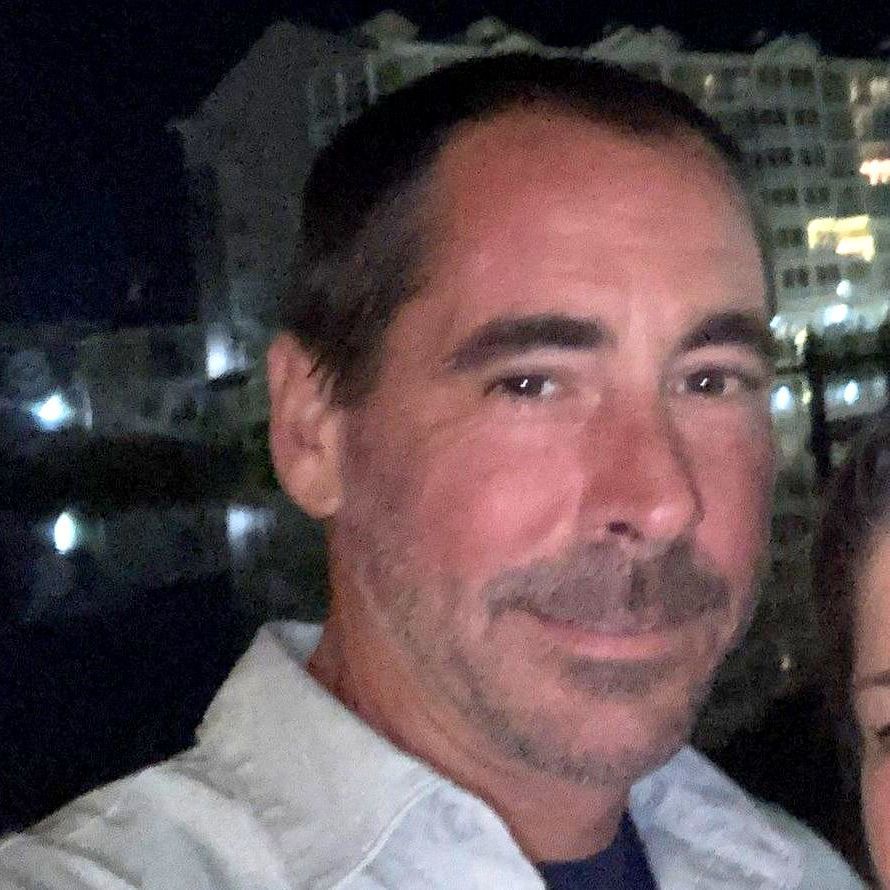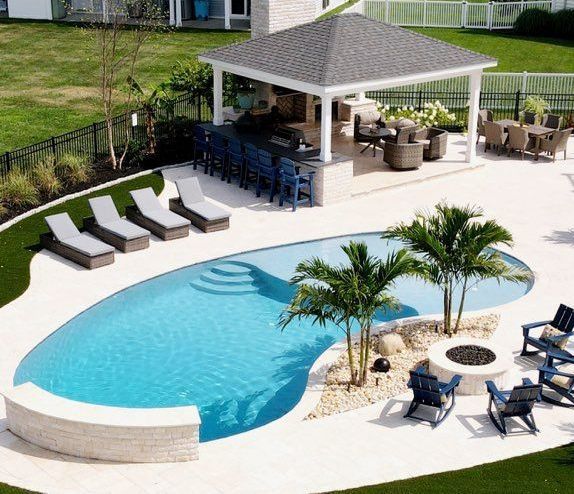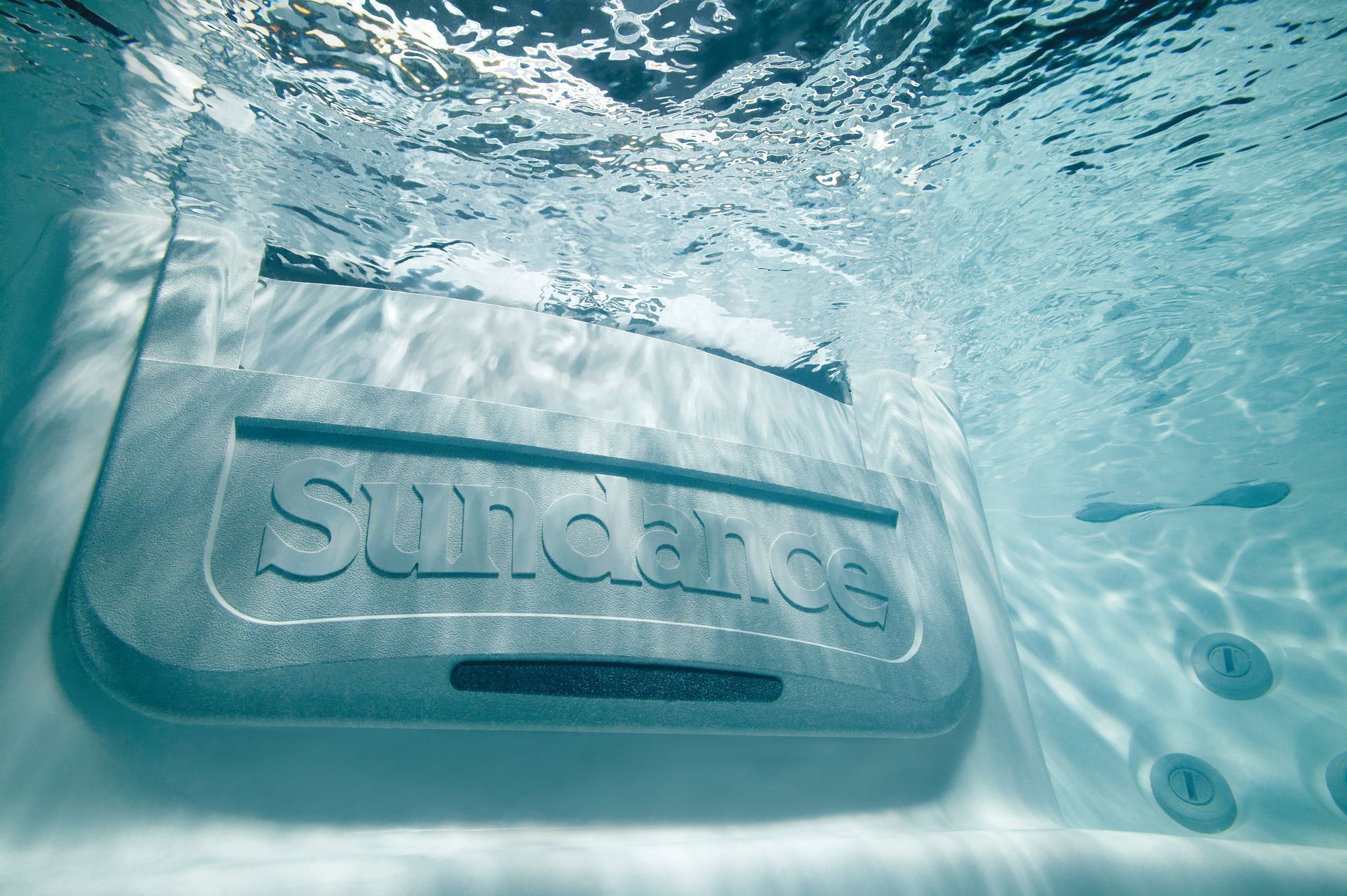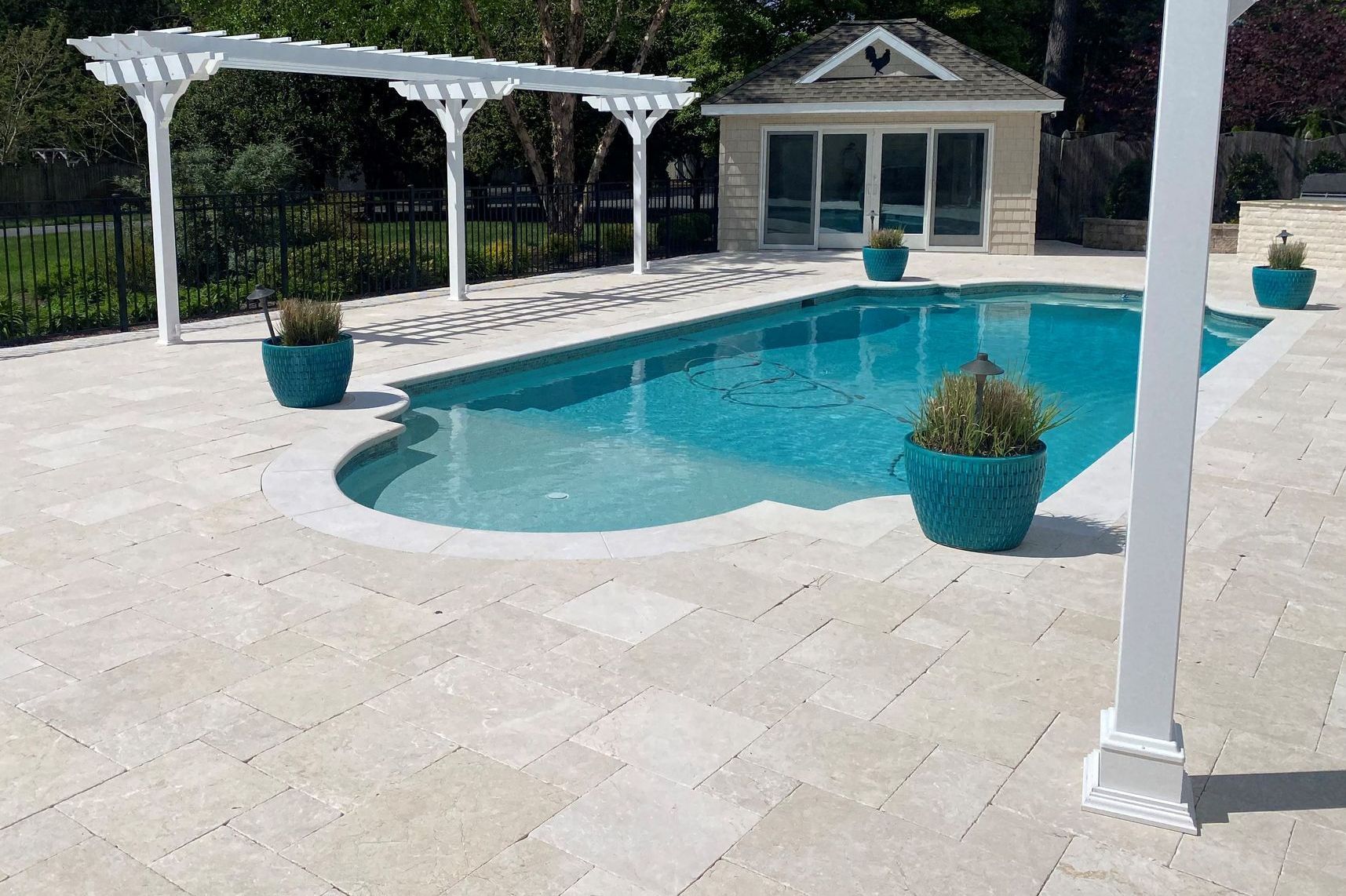Custom Inground Swimming Pools and Sundance Spas
Over 200 Years of Combined Experience
Hours:
Inground Swimming Pool Design, Installation, Service, Renovation and Sundance Spas
Are you ready to transform your backyard into an oasis of relaxation and fun? Pool Tech is your trusted partner in creating stunning custom pool designs and providing top-notch spa installation, maintenance, and repair services. Your satisfaction is our top priority. Our commitment to excellence extends to free consultations and estimates, allowing you to explore your options and make an informed decision without any obligation. Contact us today, and we will gladly assist you with your needs.
Pool Services
Our licensed team of pool service technicians are here to help keep your swimming pool in peak operation. From repair to routine maintenance and cleaning, contact us today for all your pool needs.
Meet the Pool Tech Family

Bill Culver
Owner & Founder
Construction

Jaime Toner
President
Owner
Outside Sales & Design

Andrew Culver
Vice President - Service
Owner
Construction

Trish Bennett
Vice President - Operations
Pool & Spa Sales/Design Specialist
Maintenance Program Manager

Kevin Bower
Construction Manager
Senior Technician
Spa Service Specialist

Bridget Moore
Customer Service Manager
Pool & Spa Sales/Design Specialist
Spa Service Specialist

Alicen Siegmund
Maintenance Program Coordinator
Advertising Manager

Rylee Baker
Customer Service
Accounts Receivable
Warranty Coordinator

Carlos Reid
Service
Maintenance

Dale Dennis
Service
Maintenance
Tile Installation

Dustin Lovely
Service
Maintenance
Tile Installation

Michael Cole
Service
Maintenance
Spa Service Specialist

Ron Sample
Service
Maintenance

Thomas Dunlap
Service
Maintenance

Zane Annis
Construction
Renovations

Zenon Hernandez
Construction
Renovations

Matt Cabrera
Technical
Assistant

Lester Edwardo
Technical
Assistant

Matt Cabrera
Technical
Assistant

Lester Edwardo
Technical
Assistant
Here's what our satisfied customers are saying...
At Pool Tech, we take pride in providing exceptional swimming pools and Sundance Spa features, accessories, installations, and more to our customers. We would be grateful if you could share your thoughts about our local, family and woman owned business with others. Your feedback helps us improve and helps others make informed decisions. Please take a moment to leave a review of Pool Tech and let others know what you think.
Financing Options Available
At Pool Tech, we believe that turning your backyard into a stunning oasis of relaxation should be accessible and stress-free. Click here for our flyer to learn more about our financing options. Click below to start the process!
serving Area
Business Hours
- Mon - Fri
- -
- Sat - Sun
- Closed










Share On: